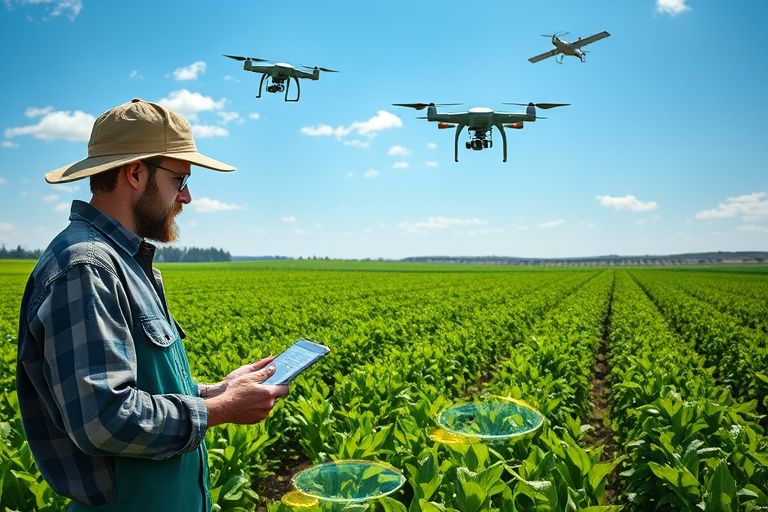
Agriculture plays a crucial role in meeting the food needs of the world's growing population. However, pests and diseases can cause significant damage to crops, resulting in lower yields and food shortages. To address this issue, many farmers are turning to artificial intelligence (AI) for pest and disease detection. Here's how AI is helping farmers protect their crops and improve food security.
Several companies and organizations are using AI to develop innovative solutions for pest and disease detection. For instance, the startup AgroScout is using AI and machine learning algorithms to identify and classify pests and diseases in crops. The company's platform uses image recognition technology to analyze images of crops and identify any signs of damage or disease.
Another example is the Plantix app, which uses AI to identify plant diseases. Farmers can take a photo of an affected plant and the app will analyze it to identify the disease and suggest treatments. The app also provides information on crop management and best practices for preventing disease outbreaks.
AI systems for pest and disease detection typically use computer vision and machine learning algorithms to analyze images of crops. The algorithms are trained on large datasets of images of healthy and diseased plants, and can detect patterns and anomalies that humans might miss.
For example, an AI system might analyze the color and texture of leaves, the presence of spots or lesions, or changes in plant growth patterns to identify signs of disease. The system can then alert farmers to potential problems and suggest appropriate treatments.
Farmers who want to use AI for pest and disease detection can start by researching available solutions and choosing a platform that meets their needs. They can also consult with agronomists or other experts to get advice on best practices for implementing AI in their farming operations.
In addition, farmers can collect data on their crops, such as images of leaves or soil samples, to train AI algorithms and improve the accuracy of their pest and disease detection systems. They can also integrate AI with other technologies, such as precision agriculture tools or IoT sensors, to create a more comprehensive and efficient farming system.
AI is revolutionizing the way farmers detect and manage pests and diseases in their crops. By using AI-based systems, farmers can improve the accuracy of their detection methods, reduce the use of harmful chemicals, and increase crop yields. As the global population continues to grow, AI in agriculture will play an increasingly important role in ensuring food security for all.